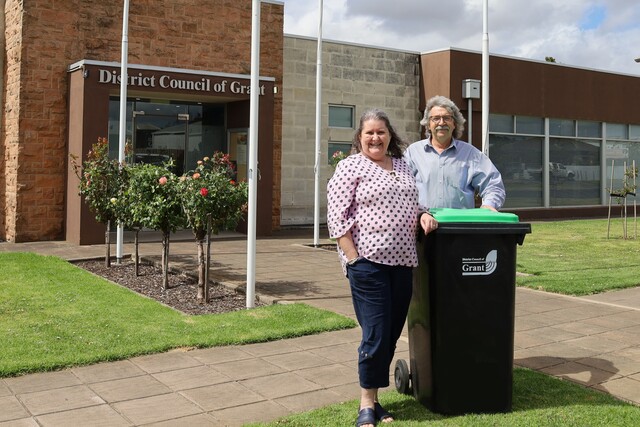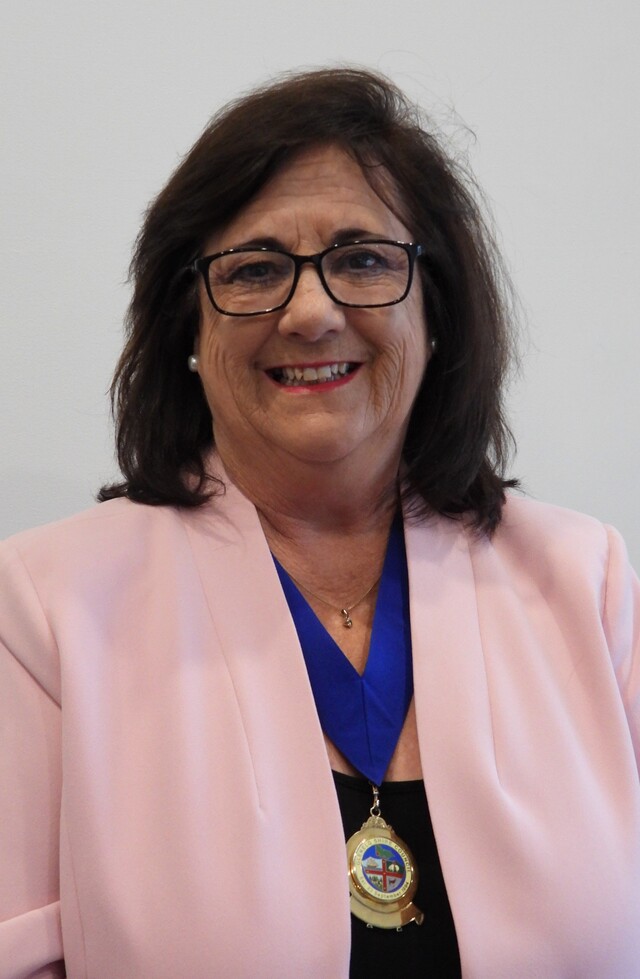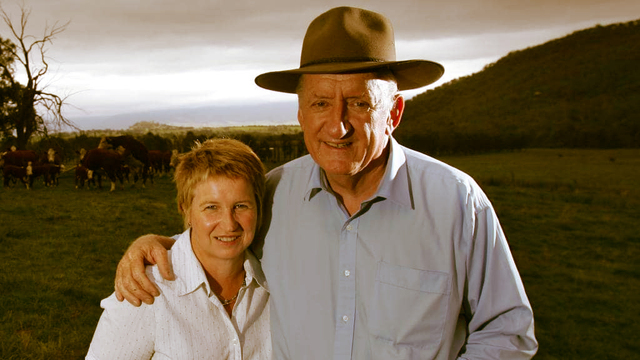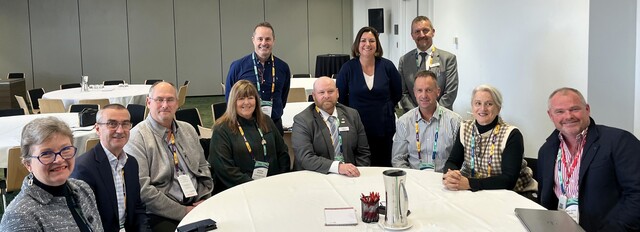With new legislation and ambitious State Government recycling targets in place, the City of Ryde in New South Wales has introduced a new electronic waste system to better monitor waste collections.
Ryde is located approximately 12 kilometres northwest of the Sydney CBD and has a population of 106,000 people.
Currently most of Sydney’s putrescible waste is disposed of at one of two landfill sites within the Sydney Basin, both of which have a very limited life span. One is a bio reactor facility at Woodlawn, where waste is taken by rail. The other is an AWT at Eastern Creek, which is running at full capacity.
The City of Ryde currently takes its waste to the landfill facility at Eastern Creek, which is approximately 30 kilometres west of Sydney.
Due to these limited landfill options, the New South Wales Government has set a target of reducing waste to landfill by 66 per cent by the year 2014. It has also introduced the Waste Avoidance and Resource Recovery Act 2001, which has forced Councils to rethink their collection and disposal practices.
With this in mind, Ryde introduced its new waste and recycling service in 2006. The system includes an electronic bin identification and weighing system, whereby RFID’s (Radio Frequency Identification Devices) have been placed on all domestic and commercial waste, recycling and greenwaste bins.
A total of 90,000 bins were fitted with the tags, which contain a unique unalterable electronic identification number, comparable to the serial number stamped on the side of each bin.
The electronic identification number is registered against the property address where the bin is stored and also identifies the bin type. A scanner fitted to collection truck hoppers, automatically reads the tags as the bins are emptied, and information is then transferred to base via a wireless link. It can then be viewed via a website connection.
Council’s Manager Waste & Fleet, George Dedes, said cameras installed in the hoppers have enabled drivers to identify contaminated bins, while a load cell on the lift arm of the truck provides individual bin weights.
“The information obtained through these devices is transmitted to an onboard computer installed in the truck cabin,” George Dedes said. “The tag number, time and date of the lift, the address registered for the tag and the weight of the bin is displayed on the screen, as well as the total number of bin lifts and total vehicle travel. Drivers can also use the screen to make note of damaged, overfull, contaminated, obstructed and unpresented bins by touching the relevant button.”
George Dedes said electronic bin identification reading is fast, accurate and cost effective.
“We can use the data obtained to generate automated reports, which assist in checking contractor’s weighbridge figures and costs against claims for payment,” he said. “The data generated can also be used to assess recycling trends in areas or suburbs of interest and to identify suburbs to target in education campaigns.
“The fact that the bin lift time and truck operator identification is recorded also streamlines our ability to investigate public complaints.”
George Dedes, said as part of this project, Council downsized resident’s general waste bin from 240 litres to 140 litres, and also introduced a green waste bin.
“The introduction of this new service immediately doubled the recycling rate, to 44 per cent of the total waste stream,” he said.
For further information contact George Dedes on (02) 9952 8129.







